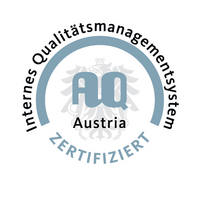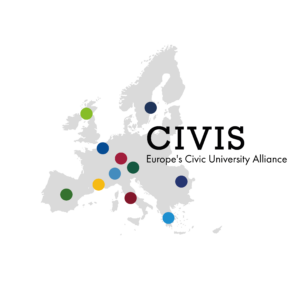ULTRASTRUCTURE OF PLANT CELLS AND CELLULAR STRESS
Physiological stress responses in plant and animal cells are well known and molecular players that are involved in stress defense, avoidance or tolerance have been subject to numerous investigations. However, there is a tremendous lack in information on how stress responses are sub-structurally transposed and whether there are common structural hallmarks of programmed cell death (PCD) and autophagy among plant and animal cells at different evolutionary level. Central questions in this respect are origin and structural transformation of autophagosomal membranes, structural realization of specific organelle degradation by selective autophagy and ionic regulation of these events. We are studying these processes in the unicellular model alga Micrasterias denticulata (Streptophyta) which is phylogentically closely related to higher land plants. Comparative studies on structural cellular stress reactions are also done in several cooperations on mammalian cells.
Due to its extraordinary cell shape which allows precise definition of each cell stage and its high sensitivity to any environmental impact, the unicellular alga Micrasterias has proved to be a well suited model system for studying structural and physiological stress responses. Results on impact of heavy metals, high salinity, herbicides and oxidative stress have been published in the recent years and the studies are still ongoing. Moreover, we are interested in starvation induced autophagy and lipid degradation. Our methodological spectrum comprises mostly advanced techniques in transmission electron microcopy (TEM) such as immuno TEM, electron tomography after cryo-preparation as well as analytical TEM like electron energy loss spectroscopy and electron spectroscopic imaging. The latter methods allow identification and localization of single elements or compounds in situ and also give insight into chemical bonding which is particularly advantageous for tracing distribution of environmental pollutants or heavy metals intracellularly. Additionally we are employing standard cell biological techniques like light microscopy, confocal laser scanning microscopy, protein biochemistry, enzyme activity assays, measurements of photosynthetic activity and respiration as well as molecular biological methods.




